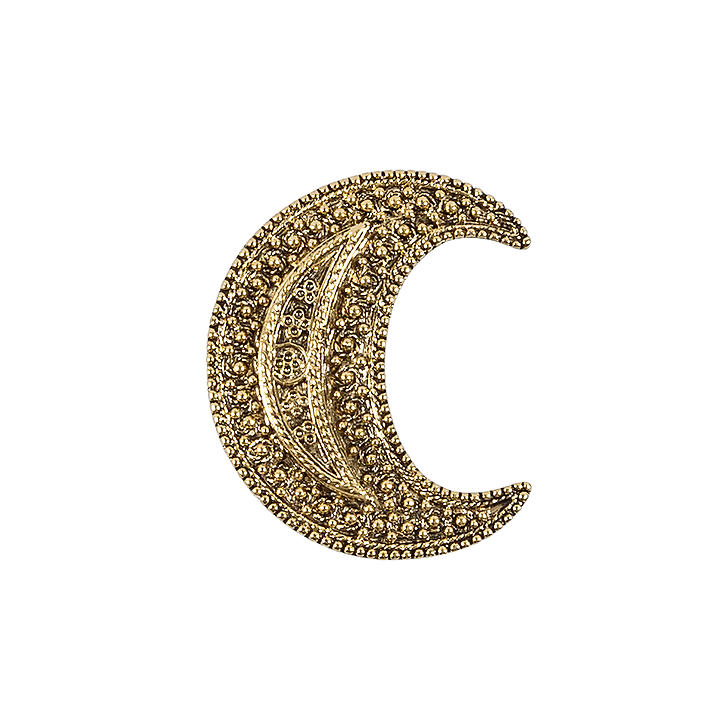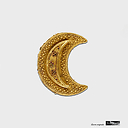Gold Crescent Brooch
BF400379
This small gold filigree crescent was part of the famous Campana collection purchased by Napoleon III.
At first considered to be a Greek or Byzantine antique, it is now generally thought by experts to be one of the few remaining examples of Egyptian gold work from the Fatimid period (10th and 11th centuries...
Read more
This small gold filigree crescent was part of the famous Campana collection purchased by Napoleon III.
At first considered to be a Greek or Byzantine antique, it is now generally thought by experts to be one of the few remaining examples of Egyptian gold work from the Fatimid period (10th and 11th centuries A. D.).
Ear-pendants of a similar design were found during exca¬vations at Fostat at the beginning of the century, and also at Kairouan. Very similar pieces are in the collections of the Metropolitan Museum of Art in New York, the Benaki Museum in Athens, and the Islamic Museum in Cairo.
Keep the jewel away from dust and moisture.
Avoid contact with perfume, chemicals and cosmetics; avoid getting the jewel wet.
Close
Login to see prices
Sold by GrandPalaisRmn




